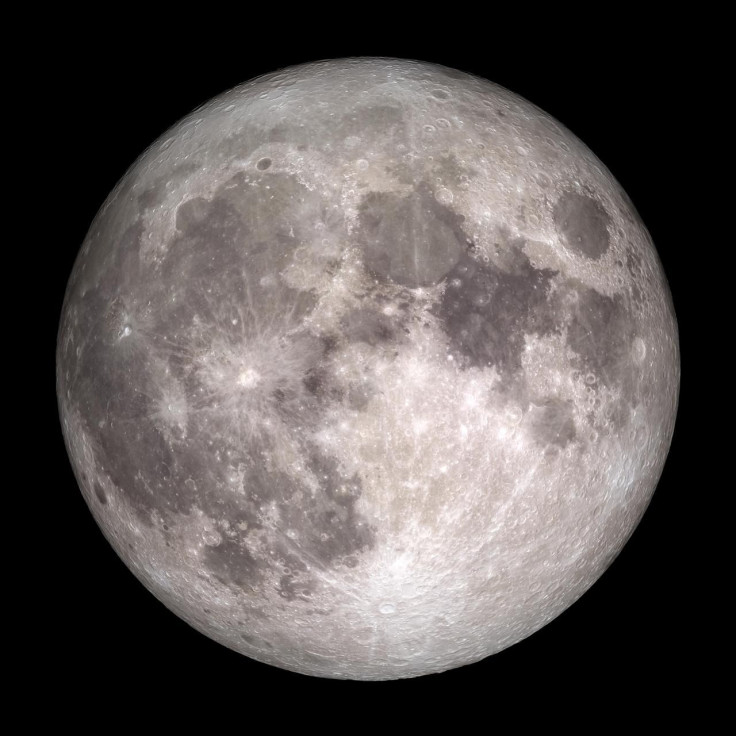Full Moon 2021: Science Explains Why People Sleep Less During This Lunar Event
KEY POINTS
- A study shows that the moon cycle affects people's sleep
- People get less sleep during full-moon nights
- The waning moon does not affect a person's sleep pattern in the nights following the full moon
A group of researchers found that people living in both rural and urban environments have difficulties sleeping on time on the nights leading up to the full moon.
A new study published in January on the peer-reviewed journal Science Advances showed that the moon cycle is directly related to the time and amount of sleep a person gets. Because full moons provide more light at night, human activities tend to extend beyond definded hours causing them to sleep late and less.
Researchers at the University of Washington, the National University of Quilmes in Argentina and Yale University found that from three to five days leading up to a full moon, people often went to bed much later in the evening, which contributes to getting lesser sleep.
The study analyzed the sleep patterns of two different groups of people, the Toba/Qom communities and a community of college students.
The Toba/Qom communities are located in rural Argentina. People living in these areas have very limited access to artificial light sources. Meanwhile, the group of college students lived in downtown Seattle, Washington.
Researchers found that the moon’s cycles affected the people living in an urban environment as much as those from dark rural communities. People in both study groups fell asleep at least a half-hour later and slept up to an hour less on full-moon nights compared to new moon nights.
The researchers found that the moon cycle had a stronger effect the more rural the study participants were. They also found that the waning moon did not affect the sleep patterns of the participants in the nights following the full moon.
"Our results show that sleep timing is synchronized with the moon cycle under a range of living environments," the study noted. "Both the duration and the time of sleep onset showed a clear modulation throughout the moon cycle that was evident in the whole population, as well as in the individual communities."
Historically, people would spend more hours outside after dark when the waxing gibbous moon or the full moon provided light to allow for activities to extend beyond daylight hours, causing people to sleep later and shorter. The extension of the day is more noticeable during the Autumn season.
One known example of the full moon extending human activities past daytime hours is the full Harvest Moon. Farmers often gather their crops for several nights in a row during this autumn event.
In the Northern Hemisphere, autumn’s full Harvest Moon comes late-September and in the first week of October. Areas located in the Southern Hemisphere sees the full Harvest Moon in March or early April.

© Copyright IBTimes 2024. All rights reserved.






















